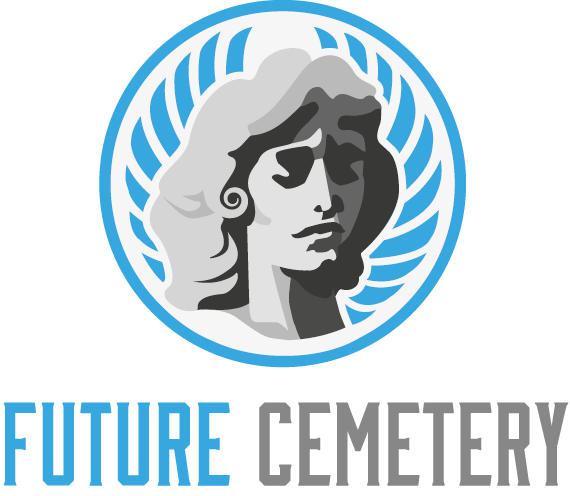A memorial park is a beautiful alternative to traditional cemeteries. They offer a serene setting that honors your loved ones with a more life-affirming approach to mourning.
The newest addition to the Park is the Gold Star Monument, built in accordance with style guidelines provided by the Woody Williams Foundation for Delaware Gold Star families. It is the only monument in the Park to recognize both active duty service personnel and those who have died.
Personalization
With the rising popularity of cremation, many families are choosing memorial parks instead of traditional cemeteries. Memorial parks offer a more peaceful environment in a natural setting. Instead of rows of tombstones and monuments, these locations plant trees for a living legacy. Whether you choose a strong and steadfast oak or a calming crape myrtle, the tree will serve as a permanent tribute to your loved one.
The natural environment of memorial parks offers a tranquil atmosphere that can help alleviate grief and promote healing. Unlike traditional graveyards, which can be crowded with competing headstones, memorial parks are designed with a sense of openness and beauty in mind.
Additionally, memorial parks are environmentally friendly, which is important as more people seek to reduce their ecological footprint. Traditional burials can be wasteful, requiring wood for caskets and concrete for vaults, not to mention toxic embalming fluids. Memorial parks offer an eco-friendly alternative by planting trees and promoting sustainability.
Tranquility
Many of the same factors that contribute to a memorial park’s inherent tranquility also help ease the grieving process. Well-tended landscapes, serene paths for quiet walks and a focus on nature’s beauty are a few of the elements that contribute to its soothing ambience.
Compared to traditional cemeteries that use rows of headstones, memorial parks offer a natural setting for remembering loved ones and finding peace. Rather than competing monuments, they feature dignified sculptured bronze markers and focus on green spaces and landscaped plots that are easier to walk through.
In addition, memorial parks are more environmentally friendly. The reforestation they encourage helps reduce carbon emissions, improve air quality and create habitats for wildlife. The trees planted in memory of your loved one serve as living legacies, symbolizing growth and life. They are a beautiful and lasting alternative to traditional gravestones that may fade with time or fall over. The reforestation and sustainability offered by memorial parks also make them more cost-effective.
Peace of Mind
When visiting loved ones buried at a memorial park, you’ll find peace of mind knowing that the natural landscape offers a tranquil place to remember. Unlike traditional cemeteries, which are often crowded with competing headstones, memorial parks feature open green lawns, serene woodlands, and peaceful meadows filled with wildflowers.
In addition to being more visually appealing, many memorial parks are also environmentally conscious. They promote reforestation, create habitats for wildlife, and encourage sustainable practices in their operations.
Plus, memorial parks offer a variety of burial and cremation options, addressing the changing preferences of families today. They also provide security measures, such as gated entrances and surveillance cameras, to protect a place of beauty and peace for all. This reassurance helps reduce stress and provides peace of mind that your loved one’s resting place will be cared for forever.
Community
Memorial parks offer a more natural and visually appealing option than traditional cemeteries. Rather than having rows of tombstones, memorial parks tend to focus on planting trees and creating green spaces. This helps create a peaceful environment where loved ones can visit and find solace in nature. Furthermore, the enduring legacy of a tree offers a symbolic meaning of growth and life.
As people become more aware of environmental concerns, there has been a shift toward cremation and a desire for more positive, life-affirming ways to commemorate departed family members. Memorial parks are a great alternative to a cemetery and offer an atmosphere that provides peace for mourning and tranquility for visitors.
Aside from being environmentally responsible, memorial parks are also more cost-effective than traditional burials because they avoid the expense of monuments and headstones. Additionally, they help to offset carbon dioxide emissions by reforestation and provide habitats for wildlife.
